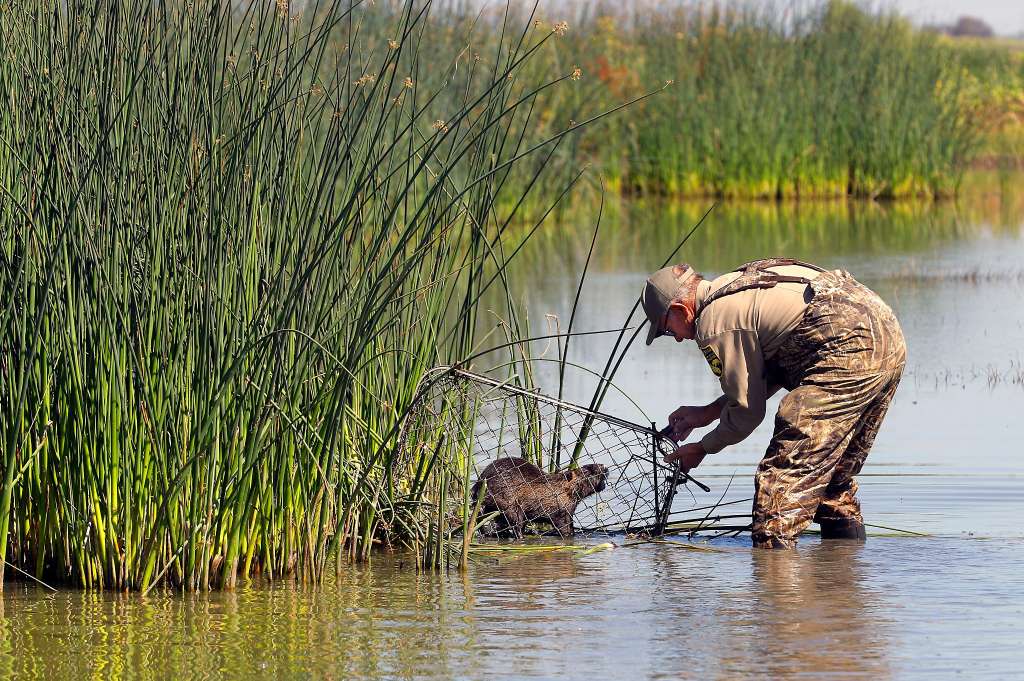California has become the first state in the country to ban fur trapping statewide.
Democratic Governor Gavin Newsom said Wednesday he signed the legislative bill into law, making it illegal to trap animals for the regulated sale of their hides.
Reports state that it is still legal to trap nuisance animals for other purposes, such as pest control and public health - although according to California law, the hides or meat from those trapped animals cannot be utilized in any way; essentially driving nuisance wildlife taken in California to be destined for the rubbish bin.
With the official removal of regulated trapping from California’s landscape, concern over wanton waste of wildlife is now a full reality; with viable usage of a fur-bearing animal’s remains no longer permitted.
The commercial trapping of fur-bearing animals was an integral part of California’s economy, trade, and development; with fur traders opening the San Francisco Bay Area to international commerce long before the 1848 California Gold Rush. What was deemed America’s “oldest trade” proceeded to make the iconic fur trapper a recognizable symbol of the Old West.
The California Department of Fish and Wildlife reported 1,568 animals and 1,241 pelts were taken and sold in 2018.
There were more than 6,600 road-kill incidents reported in California alone in 2017. Animals lethally removed due to nuisance/pest control complaints are not required to be reported. Nor is a tally of wild animals killed by natural disease or many other human-related factors; factors that one could deduce have far greater impact on wildlife populations than the minority number of fur trappers that California’s politicians feel were in such “urgent need” of being “banned out of existence”.
Democratic Assemblywoman Lorena Gonzalez of San Diego, who introduced the legislation, argues that the small number of active trappers still working in the state cannot afford to pay the full cost of implementing and regulating their industry.
According to previous reports, California Fish & Wildlife noted a total of 68 trappers statewide in 2017. CF&W reported 133 licenses were sold in 2018 according to the most recent reports, suggesting the licensed trapping community in California was actually increasing, rather than declining as animal rights activists and politicians assert.
The Department also reports around 500 nuisance wildlife control trappers were licensed last year - bringing the broad total for state licensed trappers up over 600.
Turmoil between politicians, animal rights groups, outdoor sportsmen and wildlife managers has long been felt throughout the state of California.
Many have credited California’s AB-1213 Bobcat Protection Act of 2013 as being the catalyst for Wednesday’s final signing on what was titled “The Wildlife Protection Act of 2019.”
In 1998, the state made international headlines over a ballot referendum known as Proposition 4 - which successfully outlawed the use of foothold traps in the state, and pitted conservation groups like The Audubon Society (who supported regulated trapping for the protection of endangered bird species from abundant predators) against a growing animal rights industry.
Legislators in California haven’t stopped at regulated trapping activities, however.
Political leaders are also considering proposals to ban the sale of all fur products, including fur coats, as well as outlaw the featuring of animals in any circus in the state.
The most recent legislation was backed by groups like Social Compassion in Legislation, which spearheaded other recent legislation, such as a bill to put an end to the sale of “mill-bred” dogs, cats and rabbits.
A screen-shot of the California Governor’s Office official Twitter page announcing Wednesday’s statewide trapping ban; supported and signed into law by Governor Newsom.
Governor Newsom’s office announced the bill’s signing on their Twitter page by referencing the governor’s peculiar childhood pet - an actual otter he named “Potter.” The post included a photo of what appeared to be an otter puppet exclaiming “My friends & I should not have to live in fear of being trapped & our fur being sold!”.
The post includes the commentary “shout out to (Lorena Gonzalez) for getting us one step closer to a #CaliforniaFurAll” - suggesting that the soon-to-follow fur usage ban is strongly supported by the Governor’s office.
Groups like the California Farm Bureau Federation were opposed to the bill, arguing that ranchers and farmers rely on commercial trappers to manage abundant wildlife and protect their crops.
Those farmers and ranchers will now have to rely on pest/wildlife control companies for wildlife mitigation; with a monetary fee.
With the ban imposed, questions are likely to arise.
With trapping removed from the equation, who will collect data on these essentially “protected” furbearers? How do wildlife managers and conservationists feel about the now-imposed frivolous wanton waste of natural resources that can no longer be utilized? What will the next ban impose?
We will no doubt revisit this topic as new information is provided in the coming weeks and months.
Emailed requests to authorities for hard numbers on the actual number of licensed trappers in California and the California Fish & Wildlife’s official stance on this legislation were not submitted by the time of this article’s posting.








Amid the controversy of half-time Super Bowl dazzle and speech-tearing political pandering plaguing the ‘net this week, an unlikely pair of furbearers are the most recent internet celebrities thanks to their upbeat behest to accompany each other on a suburban hunt for a meal.